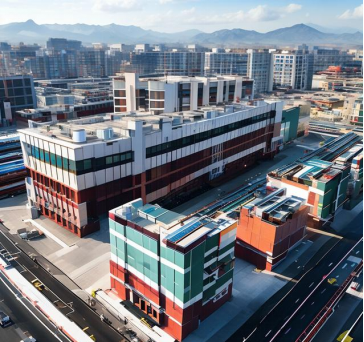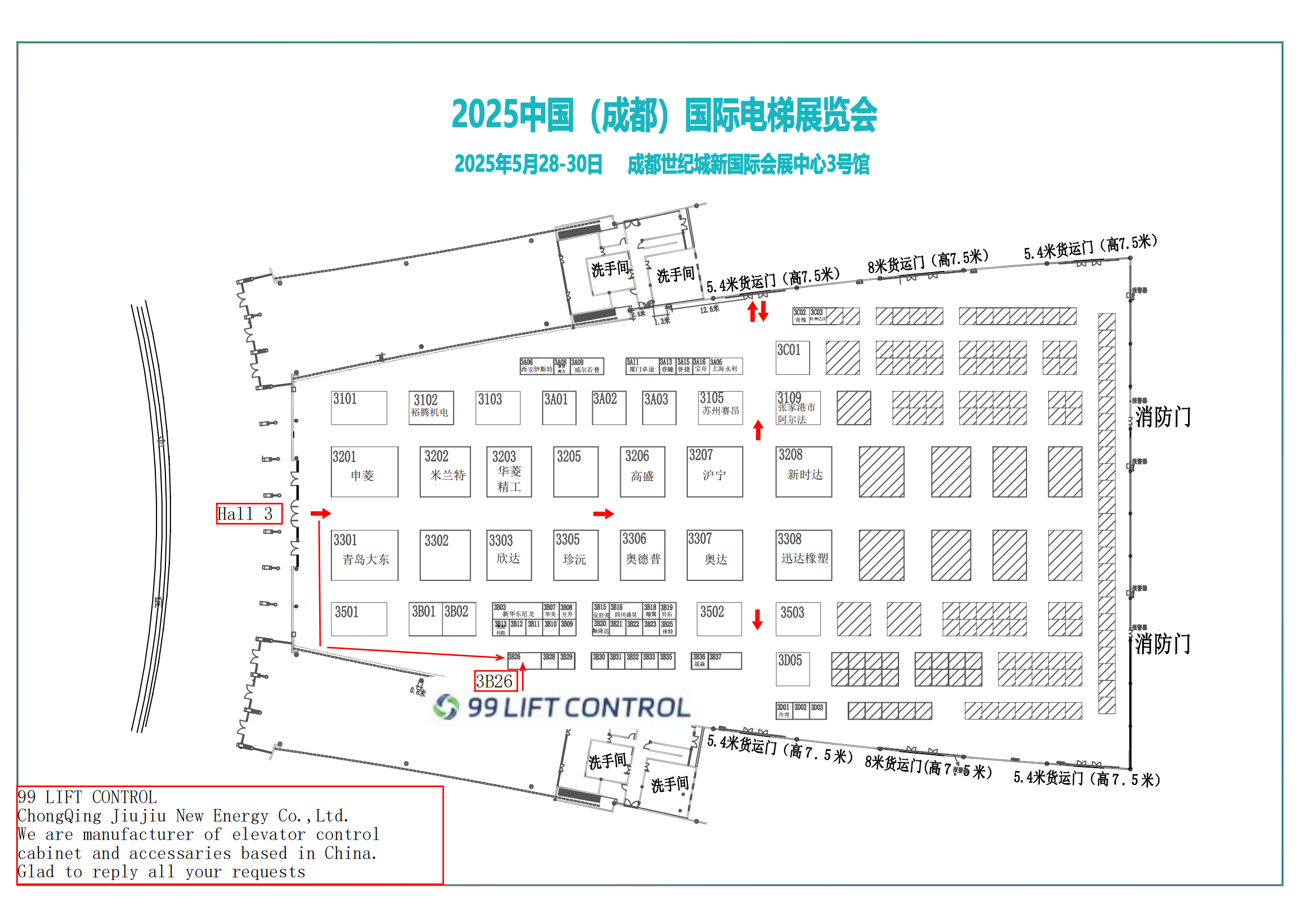The Art of Elevator Maintenance Service: Ensuring Safety and Efficiency in Tandem
In the increasingly dense urban environments with modern high-rise buildings, elevators have become indispensable vertical transportation devices. With the growing frequency of use, elevator maintenance (referred to as "maintenance") becomes particularly crucial. Good maintenance services not only ensure the safe operation of elevators and prolong equipment lifespan but also enhance user satisfaction and reduce the occurrence of failures. Below are some suggestions on how to excel in elevator maintenance services:

1. Regular Inspection and Maintenance
1.1 Establish Maintenance Plans
Elevator maintenance work needs to be strictly carried out according to well-established plans. Typically, these plans are customized based on factors such as the elevator's brand, model, usage frequency, and environmental conditions. When devising these plans, reference should be made to the manufacturer's recommendations and relevant national safety standards.
1.2 Thorough Inspection Procedures
In maintenance work, every inspection should be conducted meticulously. Routine inspection items include the elevator's motor, car, counterweight device, control system, braking system, door mechanism, tracks, etc. Maintenance personnel should conduct comprehensive inspections of these components to ensure that everything is in order.
1.3 Fault Prevention
Through regular inspections, maintenance personnel should be able to identify potential signs of malfunction, such as abnormal noises, odors, or unstable operation, and promptly make adjustments or replace components to prevent failures.

2. Emergency Handling Capability
2.1 Rapid Response Mechanism
In the event of elevator malfunctions, the maintenance service team should have a mechanism for rapid response. This means having a 24-hour emergency call system and a service team capable of promptly arriving at the site.
2.2 Emergency Repair Skills
Maintenance personnel should receive professional training in emergency repairs, enabling them to diagnose and rectify problems within a short time frame. Safety should always take precedence when dealing with faults.
2.3 Customer Communication

When handling emergency situations, maintenance personnel need to have good communication skills to reassure users, clearly explain the cause of the malfunction, the steps being taken to address it, and the expected recovery time.
3. Component Management
3.1 High-Quality Components
Maintenance services need to ensure that all replaced components meet safety standards and come from trusted suppliers. Using low-quality substitutes may compromise elevator performance and even pose safety hazards.
3.2 Component Inventory Management
Maintenance teams should maintain stocks of commonly used components to facilitate immediate replacement in case of elevator problems, thus reducing elevator downtime.
4. Customer Service
4.1 Regular Communication
Regularly communicate with customers to understand their feedback on elevator operation. This is crucial for preventing problems and improving service quality.
4.2 Service Attitude
Maintenance personnel should always maintain a professional and friendly service attitude. Even in high-pressure situations, they should remain calm and patient, demonstrating professionalism to earn the trust of customers.
4.3 Customer Education

Provide customers with basic elevator knowledge education, such as how to use elevators correctly and what measures to take in emergencies. This can reduce unnecessary misuse and failures.
5. Professional Skills and Continuous Learning
5.1 Professional Certification
Maintenance personnel should possess relevant professional skill certifications, which not only serve as proof of their professionalism but also form the basis for ensuring service quality.
5.2 Continuous Learning
Elevator technology is constantly advancing, and maintenance personnel should continuously learn new knowledge and skills to keep up with technological developments.
6. Safety Culture
6.1 Safety First
In all maintenance activities, safety always comes first. Maintenance teams should establish a safety culture to ensure that every employee prioritizes safety.
6.2 Safety Training
Regularly conduct safety training for maintenance teams to familiarize them with the latest safety regulations and best practices.

Elevator maintenance service is a systematic endeavor that involves technology, management, and service aspects. Only through a professional maintenance team, efficient management system, good customer relationships, and robust emergency handling capabilities can the safety, reliability, and efficiency of elevators be ensured. Maintenance work is not just about routine inspections and fault handling; it is also an art of service, demanding that service teams continuously improve their professional abilities and always prioritize customer safety and satisfaction. In the increasingly competitive elevator market, providing excellent maintenance services will undoubtedly be a crucial factor for elevator companies to stand out.






